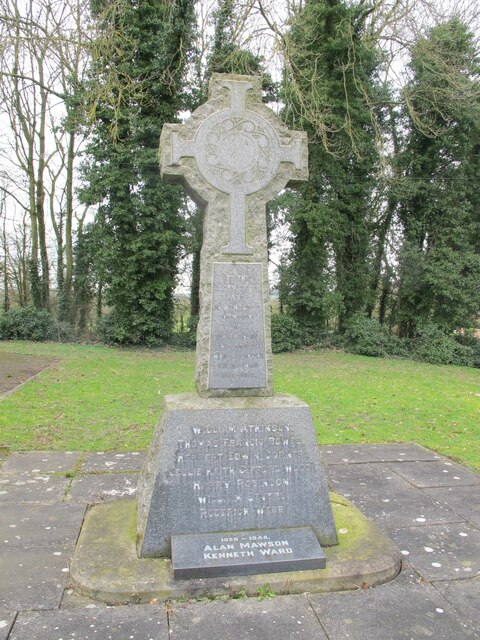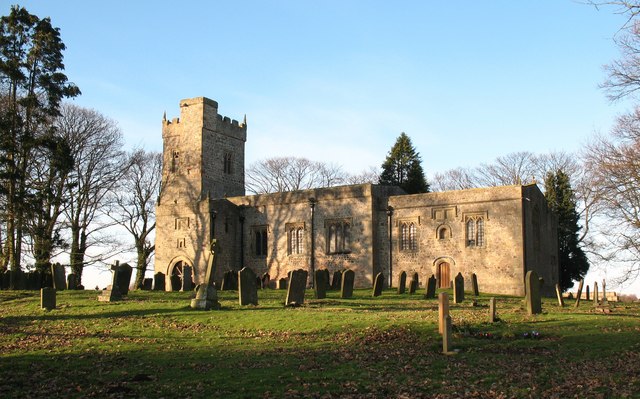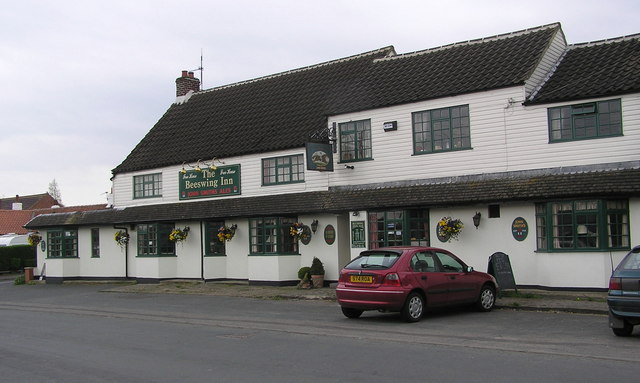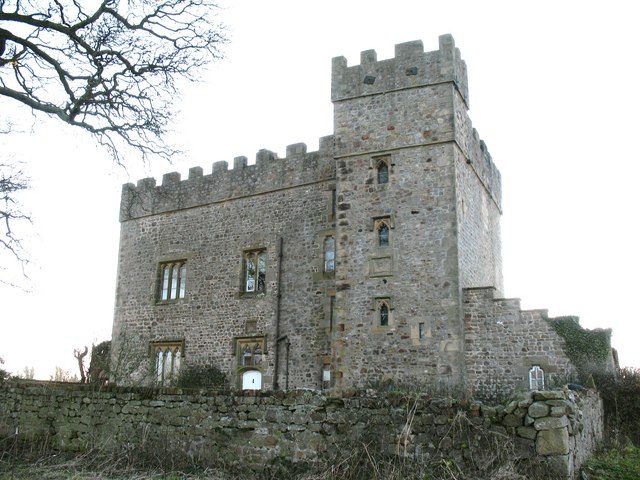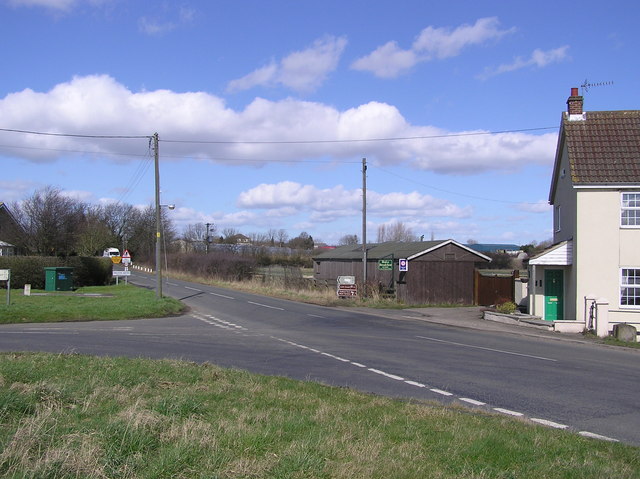Black Wood
Wood, Forest in Yorkshire Hambleton
England
Black Wood
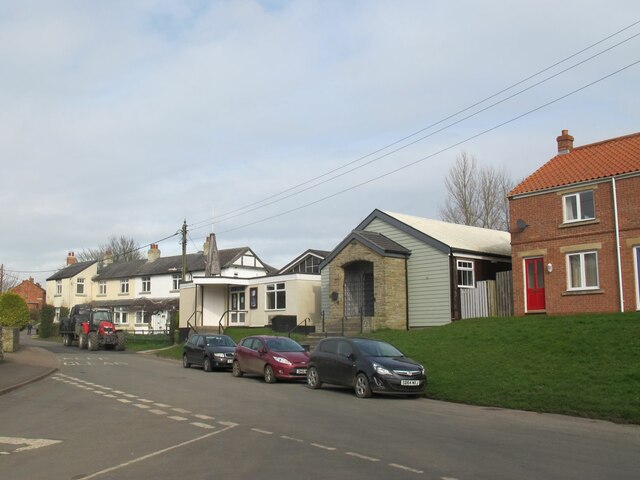
Black Wood is a picturesque forest located in the county of Yorkshire, England. Covering an area of approximately 100 acres, it is a popular destination for nature enthusiasts and those seeking tranquility amidst the beauty of the outdoors.
Nestled within the rolling hills and valleys, Black Wood boasts an abundance of diverse flora and fauna. The forest is primarily composed of tall, majestic oak and beech trees, which create a dense canopy that filters sunlight, casting enchanting shadows on the forest floor. The forest is also home to a variety of other tree species, including birch, ash, and sycamore.
Numerous trails wind their way through Black Wood, offering visitors the opportunity to explore the forest's natural wonders. These paths cater to all abilities, from leisurely strolls to more challenging hikes. Along the way, one can spot an array of wildlife, such as deer, squirrels, and an assortment of bird species.
Black Wood has a rich history, dating back centuries. It has been carefully managed and preserved, ensuring the protection of its ecological value and significance. The forest has served as a valuable resource for timber, providing materials for construction and fuel.
In recent years, Black Wood has become a popular spot for outdoor activities such as picnicking, birdwatching, and photography. Its serene ambiance and untouched beauty make it an ideal escape from the hustle and bustle of everyday life.
Overall, Black Wood offers visitors a magical experience, immersing them in the wonders of nature and providing a glimpse into the rich history and biodiversity of Yorkshire.
If you have any feedback on the listing, please let us know in the comments section below.
Black Wood Images
Images are sourced within 2km of 54.424313/-1.5427732 or Grid Reference NZ2903. Thanks to Geograph Open Source API. All images are credited.




![Where's the path? Trying to follow the line marked on the map across this field of old ridge and furrow as well as remains of a medieval village site. The path is shown crossing the farm track midway between a corner and the farm buildings, but the track is lined by barbed wire fencing with no visible means of crossing. Way down to the left is a flimsy stile [left of photo] from where there is a usable route along a hedge line.](https://s2.geograph.org.uk/geophotos/07/40/33/7403342_36806446.jpg)
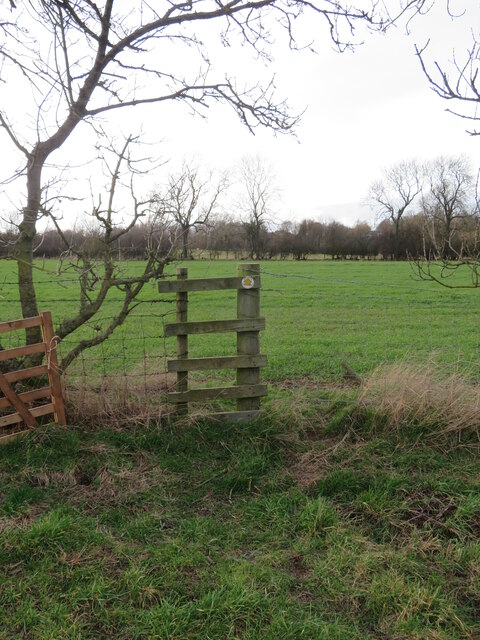

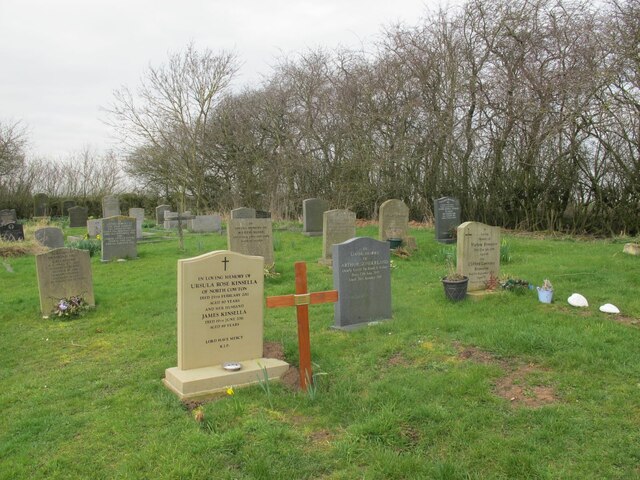


Black Wood is located at Grid Ref: NZ2903 (Lat: 54.424313, Lng: -1.5427732)
Division: North Riding
Administrative County: North Yorkshire
District: Hambleton
Police Authority: North Yorkshire
What 3 Words
///tester.sailed.overtones. Near Scorton, North Yorkshire
Nearby Locations
Related Wikis
Temple Cowton Preceptory
Temple Cowton Preceptory was a priory in North Yorkshire, England. The preceptory was in the village of East Cowton, 5 miles (8 km) north west of Northallerton...
St Mary's Church, South Cowton
St Mary's Church is a redundant Anglican church standing in open countryside in the former village of South Cowton, near Scotch Corner in North Yorkshire...
South Cowton Castle
South Cowton Castle is a 15th-century fortified dwelling house in the Richmondshire district of North Yorkshire, England. It is situated on the land that...
East Cowton
East Cowton is a village and civil parish in the Hambleton District of North Yorkshire, England. It is 7 miles (11 km) north west of the county town of...
South Cowton
South Cowton is a village and civil parish located on the site of an abandoned medieval village in the Hambleton district of North Yorkshire in England...
North Cowton
North Cowton is a village and civil parish, located in Richmondshire, North Yorkshire, England. It is 8 miles (13 km) north-west of the county town of...
Atley Hill
Atley Hill is a hamlet in the Hambleton district of North Yorkshire, England. It is situated on the B1263 road between the A167 and the village of Scorton...
Dalton Gates
Dalton Gates is a hamlet in the Richmondshire district of North Yorkshire, England. The hamlet was built up around the now disused railway station that...
Have you been to Black Wood?
Leave your review of Black Wood below (or comments, questions and feedback).






